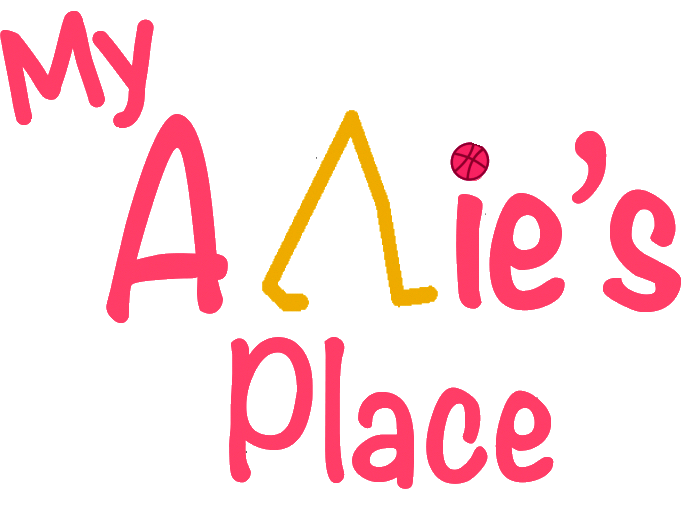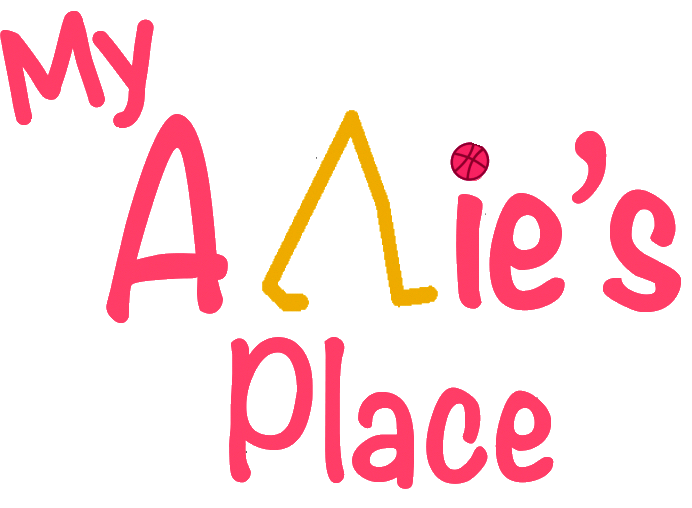About ESDM
Early Start Denver Model
What is the ESDM?
At the heart of the ESDM is the empirical knowledge base of infant-toddler learning and development principles and the impairing effects of early autism on early development. ESDM intervention can be provided in the home or other care, community, and educational settings by trained interventionists and parents during natural play and daily routines. ESDM aims to increase the rates of development in all domains for children with ASD and to decrease the symptoms of autism that impair children’s ability to learn from everyday experiences and interactions. A book written for parents: An Early Start for your Child with Autism is a guide to using everyday activities to help kids connect, communicate, and learn. Two additional published texts are also available for therapists and others who want more detail about the teaching approaches and are referenced below.
While ESDM addresses all developmental areas in which children are behind, it mainly focuses on boosting children’s social-emotional, cognitive, and language abilities because development in these domains is particularly affected by autism. Intervention practices are based on replicated evidence from research on early childhood learning and development learning and on applied behavior analysis. ESDM uses a data-based approach to child learning and progress. Because infant-toddler learning is strongly influenced by the quality of relationships between children and adults, ESDM involves using sensitive, responsive strategies within everyday learning opportunities provided by parents, family members, and others to support child learning. ESDM thus fuses a developmental, play-based, relationship-based approach with principles of applied behavior analysis to create an integrated whole that is both individualized and manualized: a naturalistic, developmental-behavioral intervention (NDBI) that allows for step-wise alterations in a teaching approach based on an individual child’s learning profiles to assure maximum progress on learning objectives.
*Rogers, S.J., & Dawson, G. (2010) The Early Start Denver Model for Young Children with Autism: Promoting language, learning, and engagement. NY: Guilford.
*Rogers, S.J., Dawson, G., & Vismara, L.A. (2012) An early start for your child with autism: Using everyday activities to help kids connect, communicate and learn. New York: Guilford Press
*Rogers, S.J., Vismara, L.A., and Dawson, G. (2021) Coaching parents of young children with autism: Promoting connection, communication, and learning. NY: Guilford Press.
Our Mission Statement?
The mission of the ESDM Training Program at UC Davis MIND Institute is to support the development, wellbeing, and quality of life of children with autism and their families.
Click here to read the ESDM Training Program Policy Statement on Community Use of ESDM.
Haga clic aquí para leer la Declaración de política del programa de capacitación de ESDM sobre el uso comunitario de ESDM

